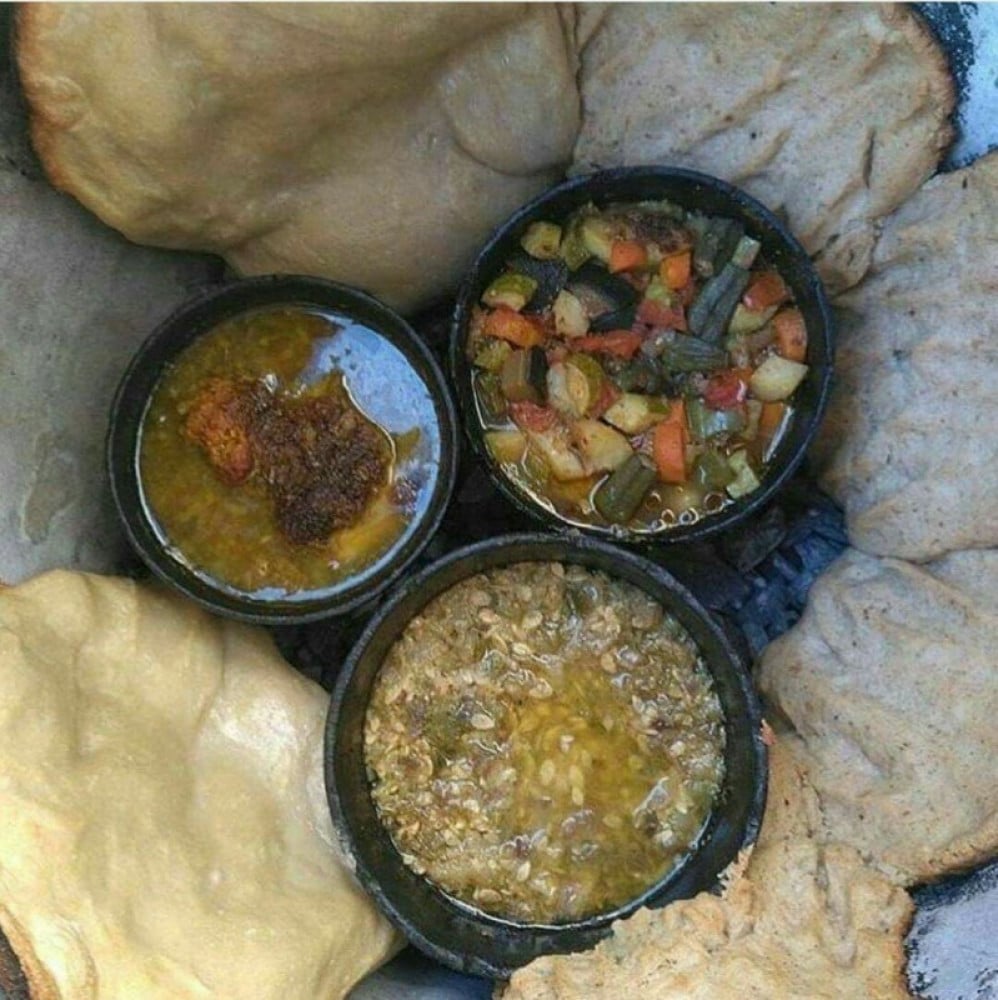When it comes to cooking, stoneware is one of the most widely used tools in the traditional Arabic kitchen. The aroma of the kitchen and the wide variety of foods prepared with these innovative and versatile tools. Since ancient times, stoneware has been used to effectively store and preserve food and drink, and it also appeared later in decorating and serving dishes in a wonderful artistic way. Therefore, in this article, we will talk about the multiple uses of stoneware in cooking and how you can benefit from them in your own kitchen. In the midst of this, we will briefly highlight each of the previous types as follows...
What are stoneware?
Stone pots are utensils made of natural stone or stainless metals, and they are among the most important utensils used in cooking, as they have the ability to preserve heat and provide clean and safe flavors for food, in addition to being free of harmful chemicals, and they can be used for baking and cooking alike whether.
The importance of using it in cooking
Stone cookware is one of the great solutions in the kitchens of the world. It maintains the temperature and makes the food retain its original flavour, and is chemically safe to use in cooking. Stoneware can also be used to bake bread and pizza. So it is important to consider the use of stoneware in the kitchen, so that we can enjoy healthy and delicious food.
Benefits of using stoneware in cooking
Heat preservation
Stoneware is ideal for cooking because of its good heat retention. "The stone is distinguished by the preservation of temperature due to its density and thickness," says the famous food scientist Alton Brown. This means that the stone absorbs and retains heat for a longer period, which enables it to conduct heat on the food at the right time.
Providing clean flavours
Stoneware helps provide clean flavors to food. According to a health study, using stoneware seasoned with oil and salt improves the taste of foods and makes them more delicious. Stone pots can be used to prepare various dishes such as meat, fish, and vegetables.
chemical safety
The use of stoneware in cooking is chemically safe, as it is made of natural materials such as rock, clay, earthenware, and sand. This means no harmful chemicals, especially if utensils that have not been treated with industrial chemicals are used. It is the best choice for preparing fresh and healthy food.
Types of stoneware
Suitable utensils for baking
Natural stone utensils are best for baking bread as they retain heat better and give a crispy crust to the bread. Can be used in the oven or over a fire. Porcelain utensils can also be used for baking bread, as it provides moisture reduction inside the oven to obtain a crispy crust. [11] [12]
Suitable utensils for cooking
The appropriate utensils for cooking depend on the type of food and its expected performance. Copper is preferred by professional chefs, while aluminum is used in combination with other materials such as iron and stainless steel. While natural stone is often used to withstand high heat and impart natural flavors to foods.
The use of stoneware in traditional cooking
History and evolution
The history of stone utensils goes back to a very ancient stage in human history, when ancient people used these utensils to cook food. Human use of fire in food preparation began 2.5 million years ago, and stone pots or stoves appeared 250,000 years ago. Perhaps cooking utensils were among the most important kitchen utensils throughout history, and their shapes varied with the diversity of the stoves used.
How to care for stoneware
Proper washing and cleaning
Care must be taken to wash stoneware in a correct and effective manner in order for it to last long and maintain its quality. Stoneware is known to not stand up to vigorous scrubbing, so a soft brush and mild soap is recommended. Successive batches of irrigation with warm water can be relied upon to remove residual food and avoid scratches. Stoneware should be stripped of built-up grease by using a solution of two tablespoons baking soda and warm water for an effective cleaning.

